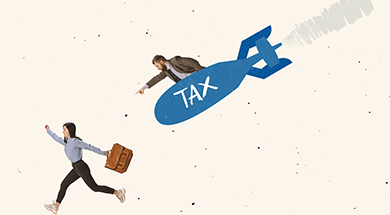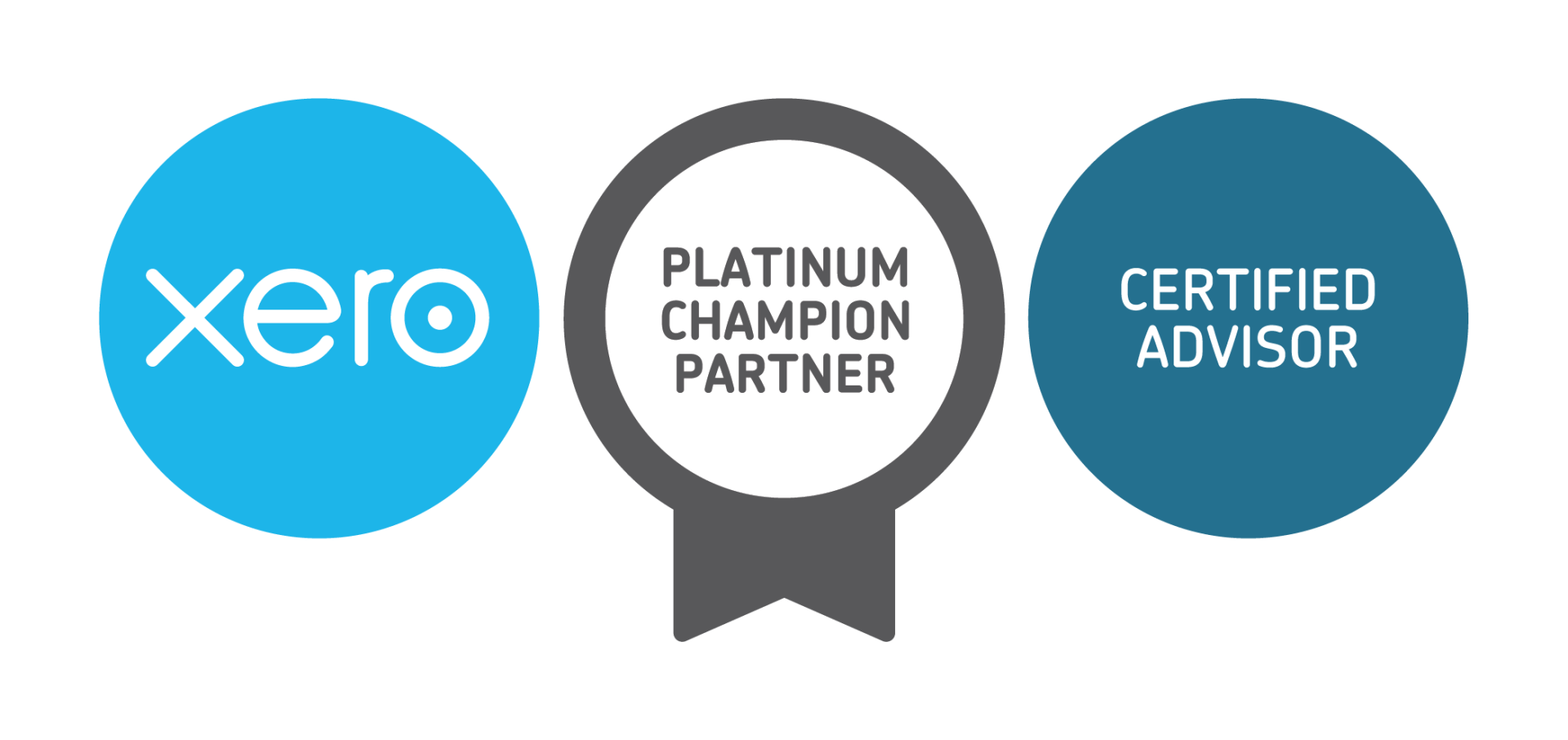I thought I would list down a few common strategies to increase super savings and reduce taxation that people consider before the end of the financial year. The contents of this article are informative in nature only. It is not intended to be advice and you should not act specifically on the basis of this information alone. If expert assistance is required, professional advice should be obtained.

Tax deductions for topping up super
You can make up to $27,500 in concessional contributions each year assuming your super balance has not reached its limit. If the contributions made by your employer or under a salary sacrifice agreement have not reached this $27,500 limit, you can make a personal contribution and claim a tax deduction for the contribution. It’s a great way to top up your super and reduce your tax.
For those aged between 67 and 74, you will need to meet the ‘work test’ to contribute personal concessional contributions and claim a deduction - you must have worked at least 40 hours within 30 consecutive days in a financial year before your super fund can accept voluntary contributions from you.
To be able to claim the tax deduction for these contributions, the contribution needs to be with the super fund before 30 June (watch out for processing times). You will also need to lodge a Notice of intent to claim or vary a deduction for personal super contributions with your super fund before you lodge your tax return to advise them of the amount you intend to claim as a deduction.
Bringing forward unused contribution caps
If your total super balance is below $500,000, and you have not reached your cap in the previous four years, you might be able to carry forward any unused contributions and make a larger tax deductible contribution this year. For example, if your total concessional contributions in the 2021-22 financial year were $10,000, you can ‘carry forward’ the unused $17,500 into this financial year, make a higher personal contribution and take the tax deduction. This is a helpful way to reduce your tax liability particularly if you have made a capital gain.
If you have never used your contribution cap, for example you have recently become a resident or have returned from overseas, you can also bolster your superannuation by contributing the five years’ worth of concessional contributions in one year (assuming you have not reached your balance cap).
Doubling the benefit for SMSFs
For self managed superannuation funds, a quirk in the way concessional contributions are reported means that a concessional contribution can be made in June, but not allocated to the member until 28 days later in July. The practical effect is that a member can make a contribution of up to $55,000 this financial year (2 x the $27,500 cap - assuming you have not used your cap) and take the full tax deduction, but the fund recognises the contribution in two amounts; one amount in June and the second allocated to the member from the SMSF’s reserve in July. This strategy is particularly helpful for the self-employed who need to boost their superannuation and reduce their tax liability in a particular year.
Top up your partner’s super
With a cap on how much you can transfer into a tax-free retirement account, it makes sense to even out how much super each person holds to maximise the tax savings for a couple.
If your spouse’s assessable income is less than $37,000, make a contribution of $3,000 or more on their behalf and you can take a tax offset of up to $540.
Another way of topping up your spouse super is super splitting. If your spouse has not retired and below their preservation age, you can roll over up to 85% of a financial year’s taxed splitable contributions to their account.
Thinking of retiring? Wait until 1 July
From 1 July 2023, indexation will increase the general transfer balance cap, the amount you can transfer into a tax-free retirement account, by $200,000 to $1.9m.
For those contemplating retiring very soon, by waiting until after 1 July 2023 before starting a retirement income stream, you will have access to this additional $200,000 cap of tax-free superannuation savings.
It's important to speak to your financial adviser before taking any action on superannuation strategies.

LEGAL
Liability limited by a scheme approved under Professional Standards Legislation.
Investngro Pty Ltd ABN 53 113 102 695 trading as Murray Nankivell Financial Planning, is an authorised representative of Count Financial Limited ABN 19 001 974 625 holder of Australian financial services licence number 227232 (“Count”). Count is owned by Count Limited ABN 111 26 990 832 of GPO Box 1453, Sydney NSW 2001. Count Limited is listed on the Australian Stock Exchange. Any taxation and accounting services are provided by Murray Nankivell and are not within the authority Count. The information on this web site is not financial product advice and is provided for information only.





